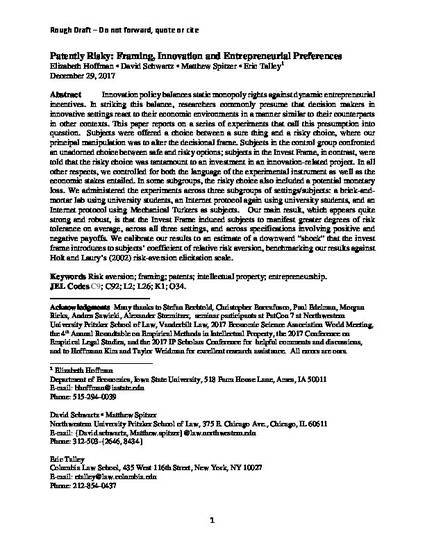
An emerging common wisdom holds that courts have made it “too hard” to obtain patent protection in critical industries. The origin of this criticism dates back at least as far as the United States Supreme Court’s 2012 landmark opinion in Mayo Collaborative Services v. Prometheus Laboratories, Inc. which (the argument goes) triggered a chain reaction of judicial opinions rendering patent rights progressively more difficult to secure. Two years later, the Supreme Court decided Alice Corp. v. CLS Bank, another opinion widely viewed as restricting patent rights. And, barely three years after Mayo, the Federal Circuit cited it in invalidating a patent for a groundbreaking diagnostic test to detect fetal genetic conditions such as Down Syndrome early in pregnancy. Before the test at issue was available, clinical diagnostic methods
involved invasive techniques that materially endangered the health of the fetus. But in 1996, doctors at Sequenom, Inc., a biotechnology company, discovered that maternal blood contains trace amounts of fetal DNA. Having made this discovery, the same team developed a noninvasive blood test that could screen for fetal genetic conditions without endangering the fetus. Sequenom’s invention garnered it significant acclaim and prestigious awards for medical innovation. The Federal Circuit was somewhat less impressed, and it invalidated the patent for failure to assert claims that were “significantly more” than a mere natural law.
Available at: http://works.bepress.com/elizabeth-hoffman/28/
